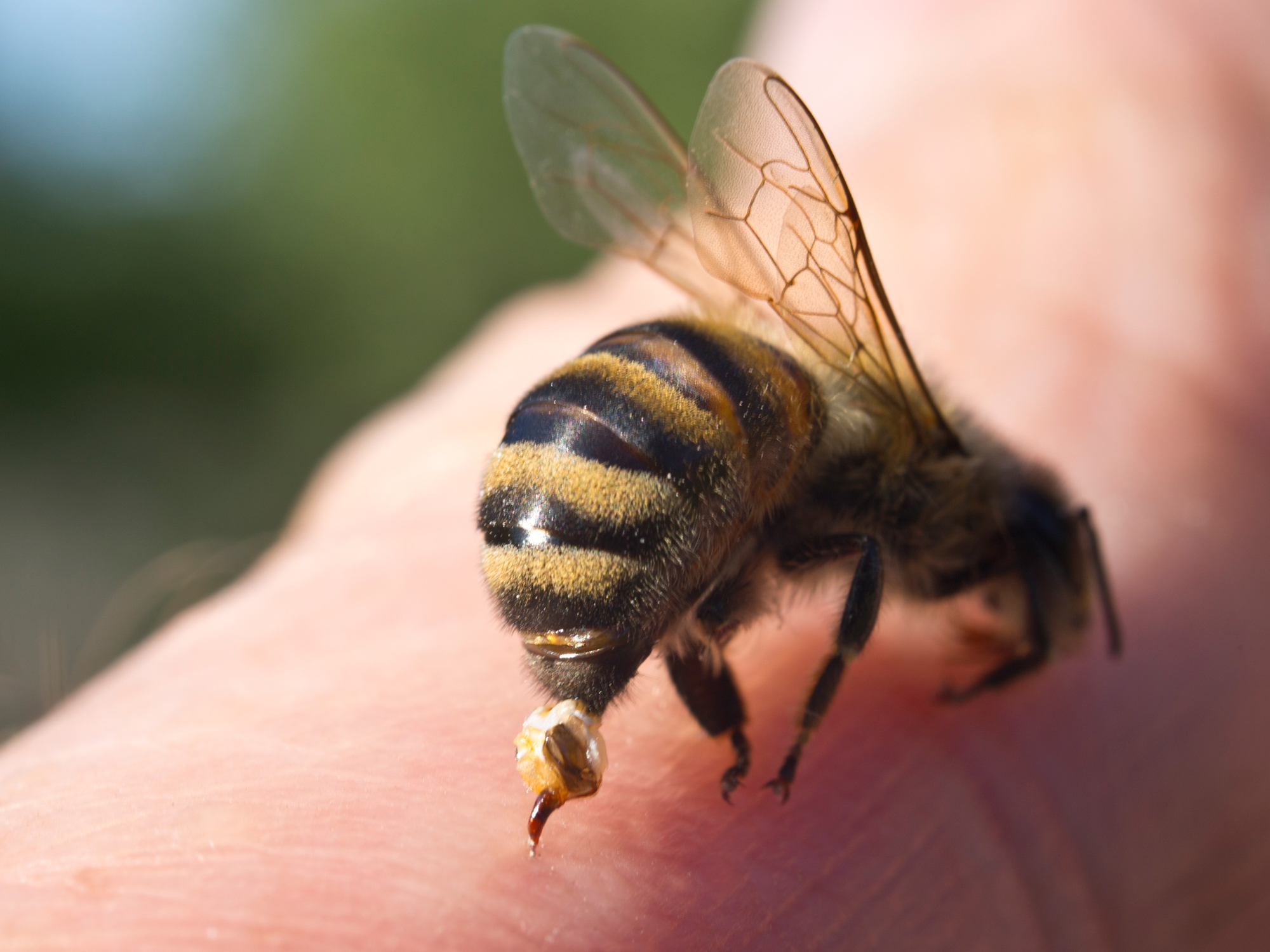Get Easy Health Digest™ in your inbox and don’t miss a thing when you subscribe today. Plus, get the free bonus report, Mother Nature’s Tips, Tricks and Remedies for Cholesterol, Blood Pressure & Blood Sugar as my way of saying welcome to the community!
Beat the sting, pain and itch of summer

Ah, summer. Or, should I say, “Ouch, summer!”
Summer is little like a rose bush…
It’s quite appealing and you can get lost in it. It’s the stuff of fond memories and adventure, but just like a thorn, an unexpected sting, pain or itch — all of which are far too common in summer months — can put a quick stop to your fun.
Last week, I went over a few minor and some serious dangers you might encounter during the hot summer months. Today’s focus is on three big summer pains that can make you miserable, if you’re not prepared…
1. Swimmer’s ear
Swimmer’s ear is caused when water enters the ear canal and gets trapped by excess ear wax, temporarily reducing hearing. It can also cause inflammation and swelling and may lead to ear infection in more serious cases.
There are a number of gentle solutions on the market to help dry out the ear. Be sure to keep a bottle with you for immediate application. Consider ear plugs – prevention is always the best approach. Avoid putting Q-tips into the ear as they can drive wax further into the ear canal.
You can support the mechanical drainage of the ear and sinuses, through massage around the ears, nose and forehead, 2-3 times a day. This approach can be quite effective.
2. Poison oak and poison ivy
These plants are rich in oils that produce allergic reactions in many people. Reactions are typically seen in the form of a weepy oozing rash, itching, redness and swelling, and can range from mild to life threatening, depending on the person.
If severe allergic reaction occurs, such as immediate swelling or blockage of the air passage, emergency medical attention is critical. For most people however, the reaction is less intense but still uncomfortable, and can last up to 2 weeks.
Treatments can include topical creams containing zinc oxide and ferric oxide such as the classic “calamine lotion” which helps to reduce itching and also acts as a mild astringent to prevent spreading, reduce infection, and dry out the rash.
3. Bee, wasp, and hornet stings
While bee stings can be painful and annoying for a few days, some individuals are extremely allergic to them. In fact, some people can die from one bee sting, and these people often carry an EpiPen® (epinephrine) with them in case they get stung and go into shock. Often the first reaction is to put your hand right away on the sting, in response to the pain.
But this is the wrong thing to do, because the sac that holds the venom is at the top of the stinger, and if you put pressure on the sting with your hand, you’ve pushed most of the venom into your skin. What you want to do is get a pair of tweezers or forceps and pull the stinger out from the top, to avoid releasing more venom into your body.
One of the first things to do after you get stung and you’ve removed the stinger is to apply something which can absorb the venom. Salt is very useful for this. Pack fine sea salt into the sting and it will help to pull the venom out of the skin. Other drying agents will pull out the venom, such as bentonite clay, or baking soda. Ointments such as arnica gel or Traumeel® gel, calendula balm and others will help to sooth and reduce inflammation.
Cooling reactions
According to Asian medicinal principles some botanicals are “cooling.” If you add any supplements to your health regimen, such a formula may be just what you need to have already on hand when unexpected exposure or stings occur.
When you consider all the other summer activities, the stresses of travel, sun exposure, etc. it’s always a good idea to be prepared so life’s little accidents don’t ruin your fun.












